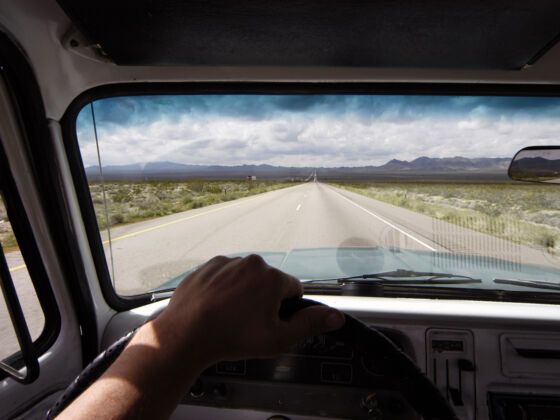It’s getting warmer out, and I’m starting to get restless for movement, so I’ve been going through my bookshelf and remembering road novels I read as a teenager. Here are some of them. Of the books on the following list, four are novels written before 1980. The last is a picture book from 2013. There’s a continuity to horizons, it seems.
Blue Highways, by William Least Heat-Moon
In 1978, William Least Heat-Moon set off to circumnavigate America via backroads. He called them “blue highways,” because backroads and other smaller roads appeared in blue in the road atlas. From this stems the name of the account of his journey, and as a portrait of place it’s marvelous. On the way, he meets hanggliders and prostitutes and farmers and records his conversations with them verbatim. The resulting book, accompanied by occasional photographs, is pleasant to read and think about.
